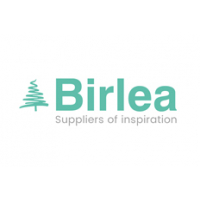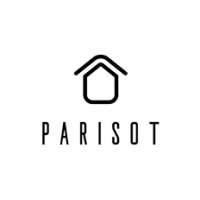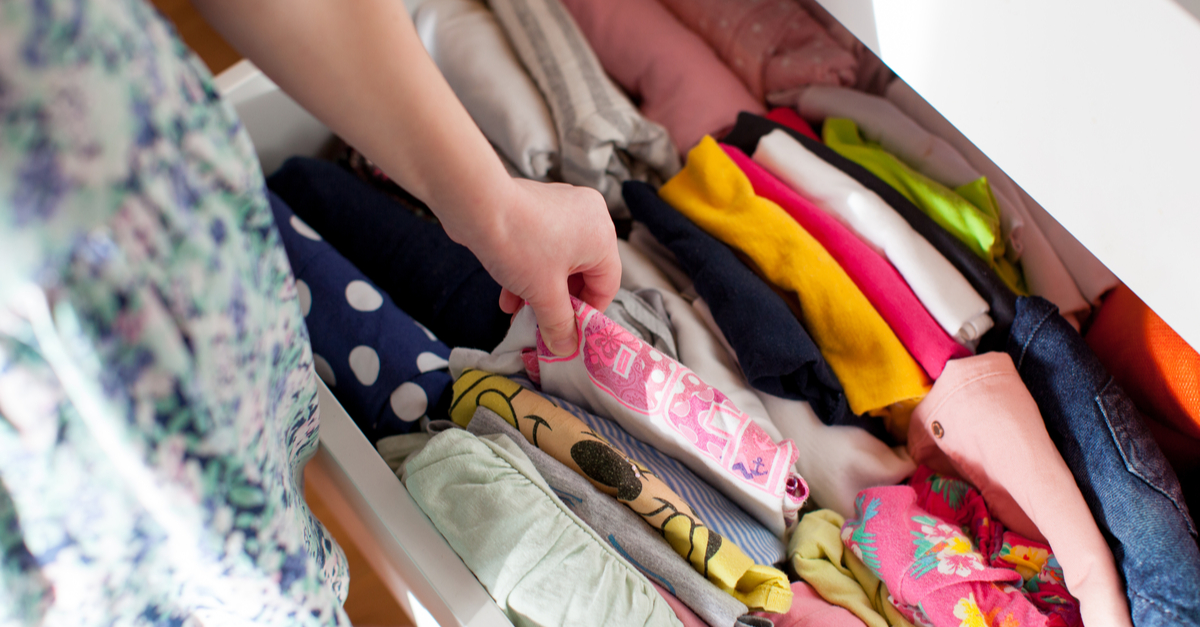Bite-size guide to the KonMari method
A new year brings with it new challenges. And some of them are entirely of our own creation.
After mining our last twelve months for positives and negatives, we resolve to make changes that we hope will make the next twelve months even more enjoyable.
For many, the key to a better year lies in our appearance. We take up new sports, change our daily routine and follow an exacting nutritional plan to warp our bodies into our imagined ideal. Even if the pursuit proves futile, we’ll reap the benefits of living a healthier lifestyle.
Others decide that their immediate environment is a more deserving recipient of their turn-of-the-year enthusiasm – or at least, it is a target that is more easily accomplished. The reality is though, if you’re contemplating a complete revamp of our home or just a few minor tweaks, the task ahead can be daunting.
Naturally, if you’ve got a tenuous grasp on the basics of both home management and interior design, you’ve got to look elsewhere for inspiration. And whether you’ve turned on the TV or made the effort to read up on the subject, you’ve likely encountered Marie Kondo.
A bestselling book, The Art of Tidying, and a Netflix show, Tidying up with Marie Kondo, have made her simple organisational philosophy – the KonMari method – ubiquitous.
But if you haven’t got the time to read 256 pages or sit through eight 45 minute episodes, what are you meant to do?
To help you get to grips with the essentials of the KonMari method without wasting a minute, we've distilled everything you need to know into one simple, digestible blog post. You’ll be making real strides in your goals for the New Year in no time at all.
Does it spark joy?
The most important aspect of the method is, when determining whether to keep or throw away an item, assessing its capacity to ‘spark joy’. If it does, you keep it. If it doesn’t, you don’t. It’s a simple approach that has been embraced by thousands. Enthusiastically so too; ‘spark joy’ has worked its way into the lexicon of the cognoscenti – appearing on the signs of protestors in the UK and the US.
The process
To break down what can be an arduous, lengthy and complex process into its more easily digestible constituent parts, Kondo recommends sorting your belongings in the following order:
- Clothing
- Books
- Paper
- Komono (miscellaneous items)
- Sentimental items
Kondo recommends pooling all of your belongings into one place and then systematically working through them item-by-item. Ordered this way, you can work your way through items in ascending order of their emotional value. The things that are most difficult to throw away are saved for last.
She is also fond of humanising every item – asking how your socks, for example, might feel balled up and stuffed away in the corner of a drawer. Bizarre as it may seem, some people find that this perspective helps them better appreciate the value of their things.
The benefits
Your mind can take on the characteristics of your home. When your living space is cluttered, your thinking can become muddled and convoluted. Scientific studies have demonstrated the health benefits of a cleaner, clearer space and several participants in the show talk enthusiastically about the improvements to their mental health.
Adopting Marie Kondo’s methods is a great starting point for decluttering your home. If you want a head start, why not look at a space-savvy mid sleeper with storage?



























